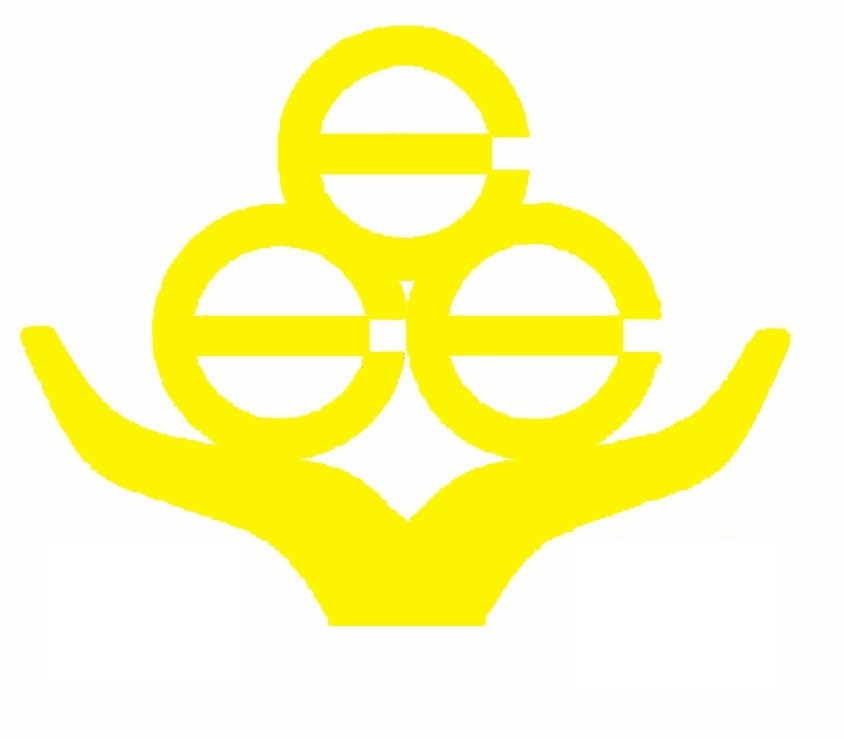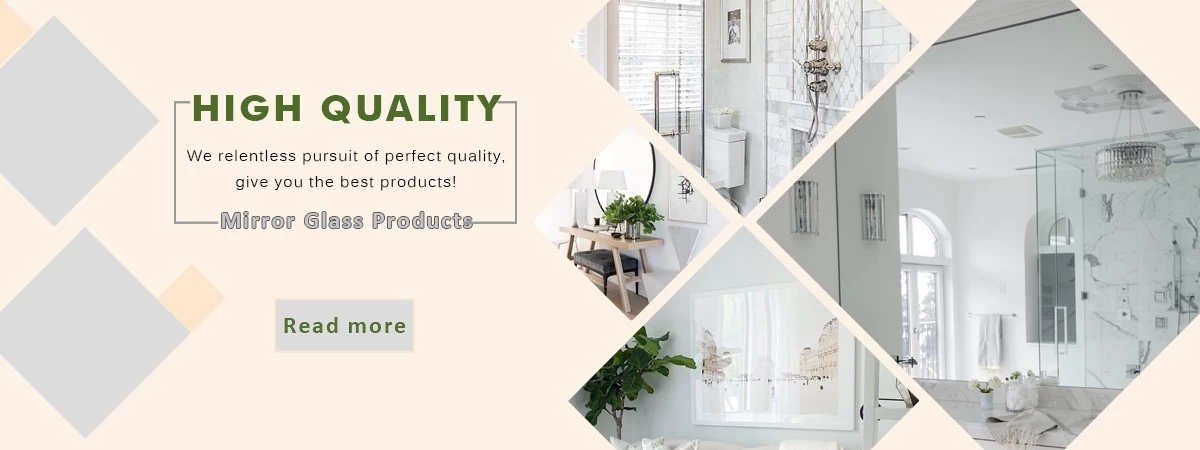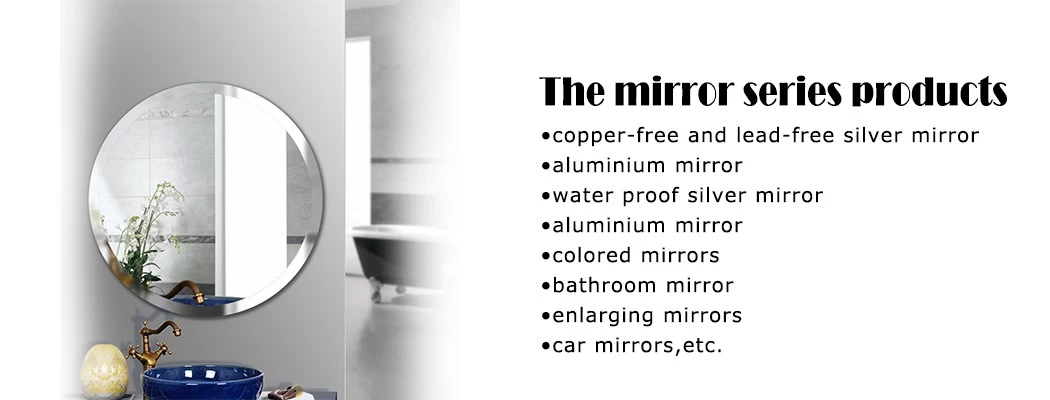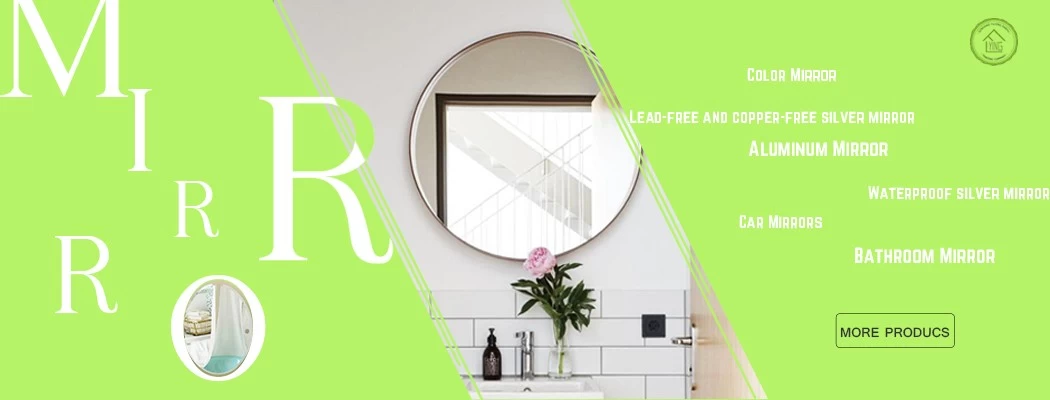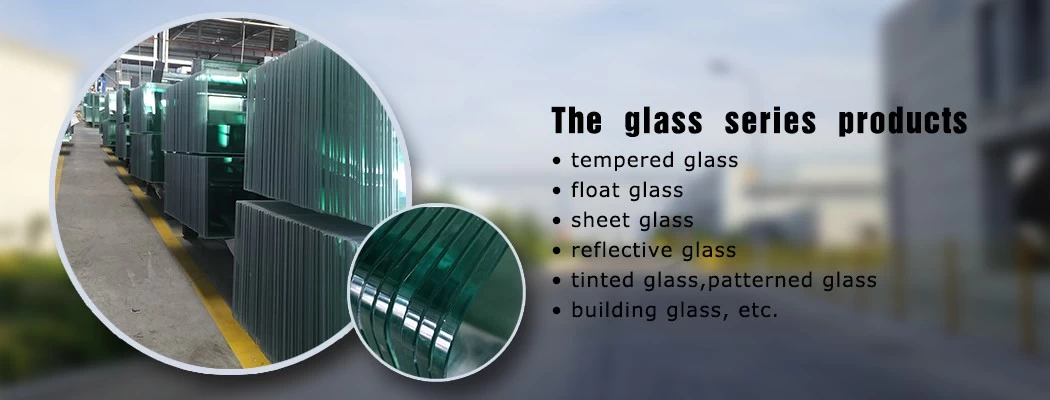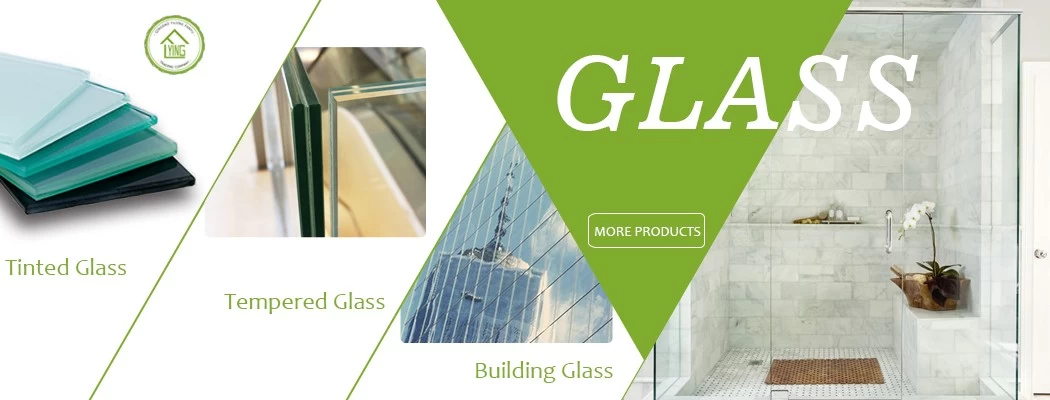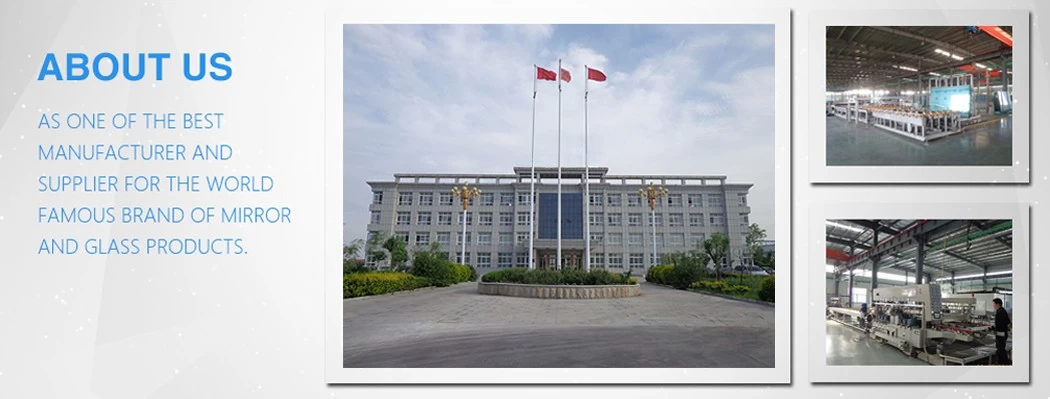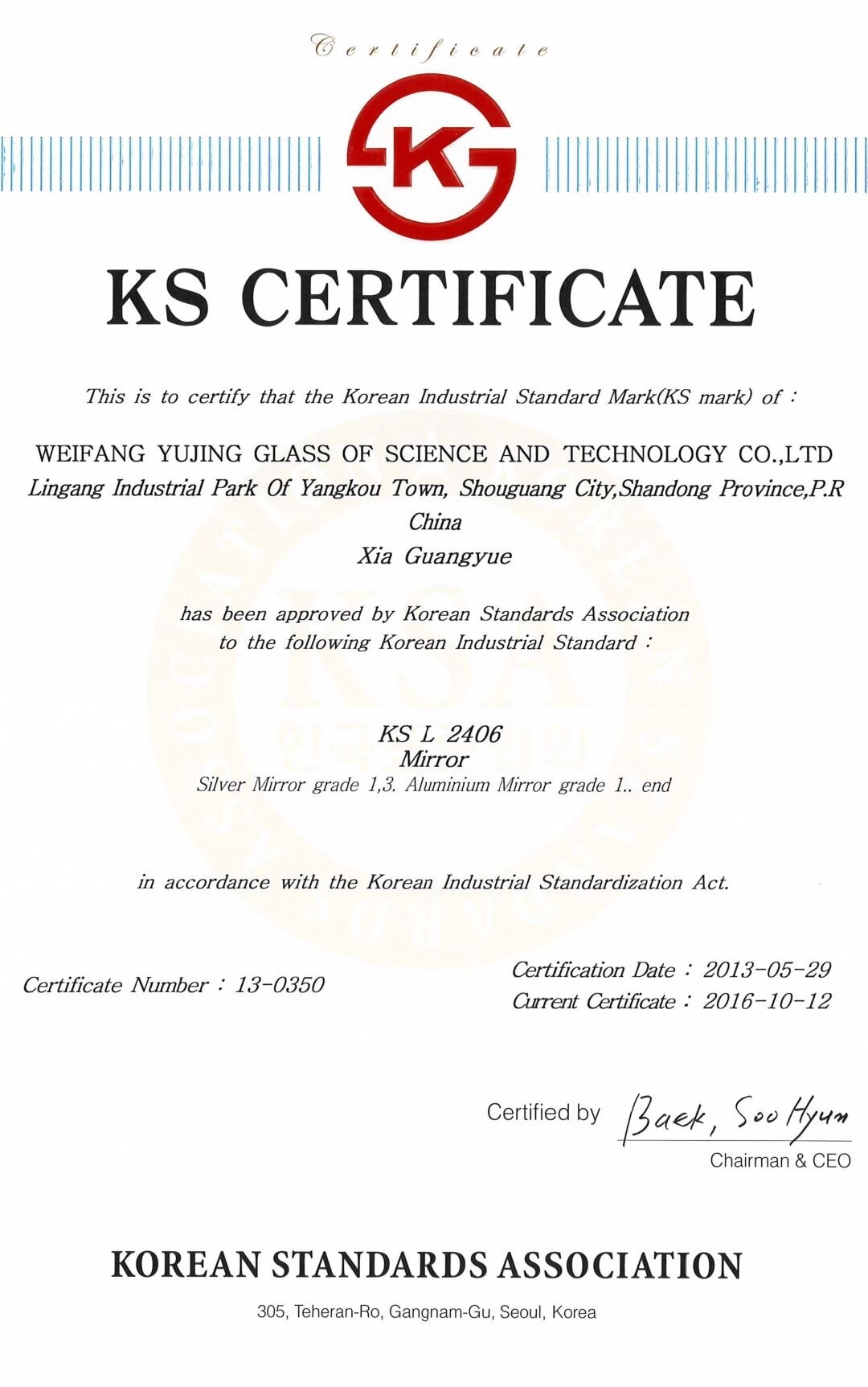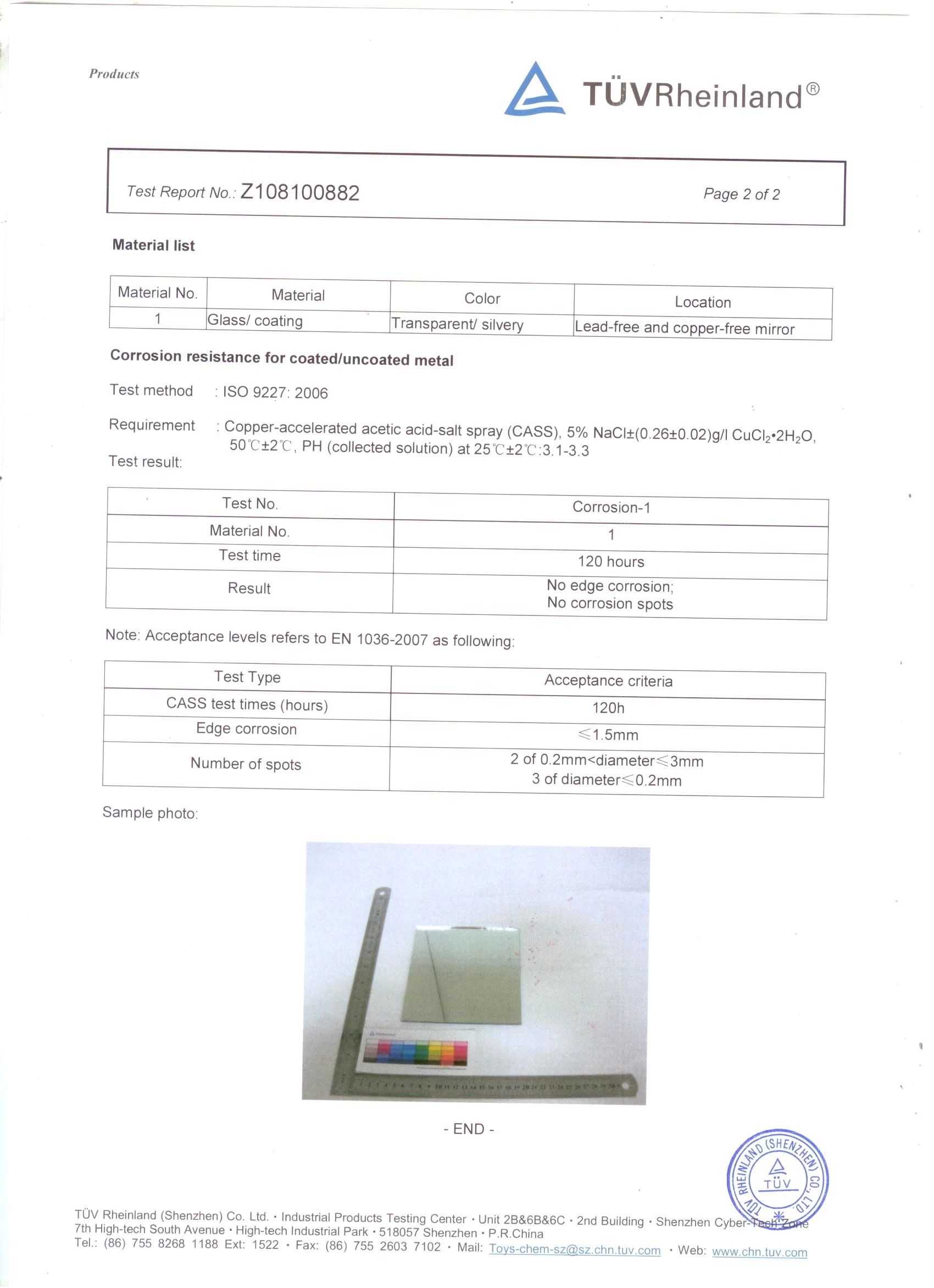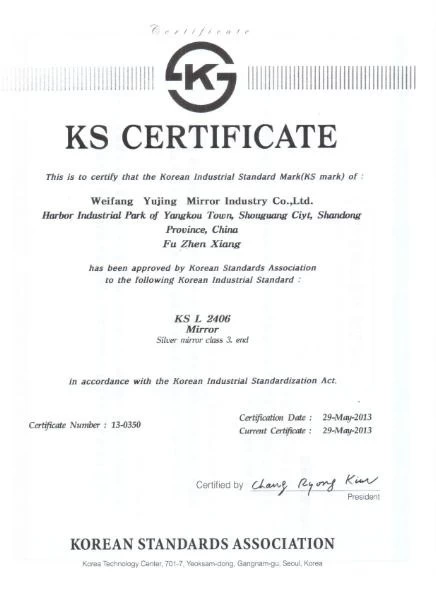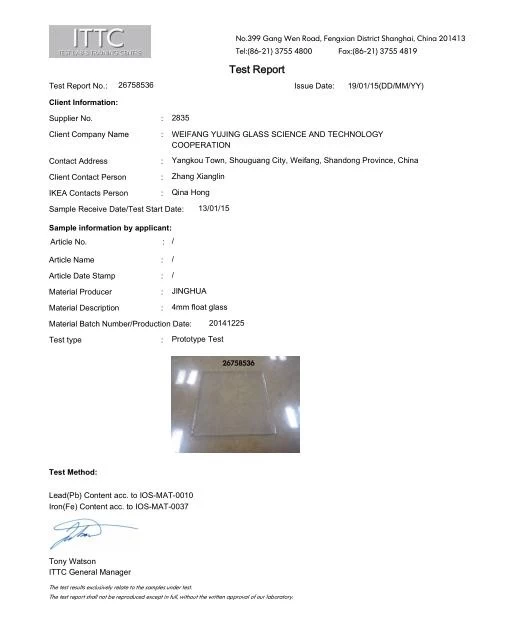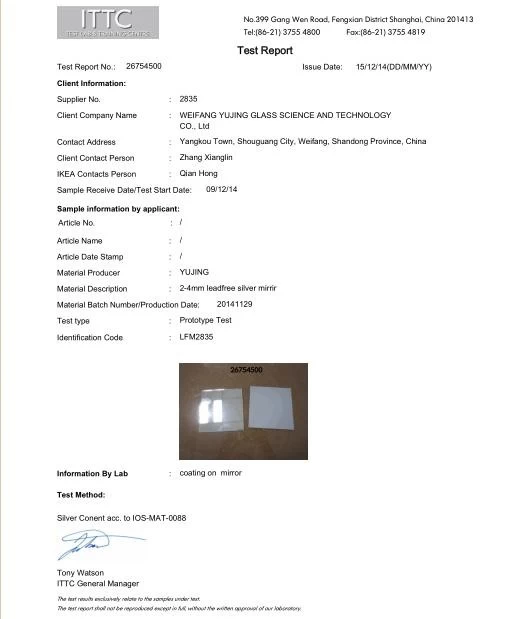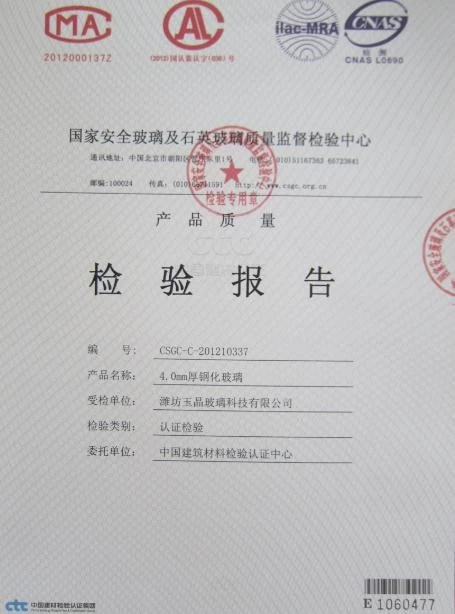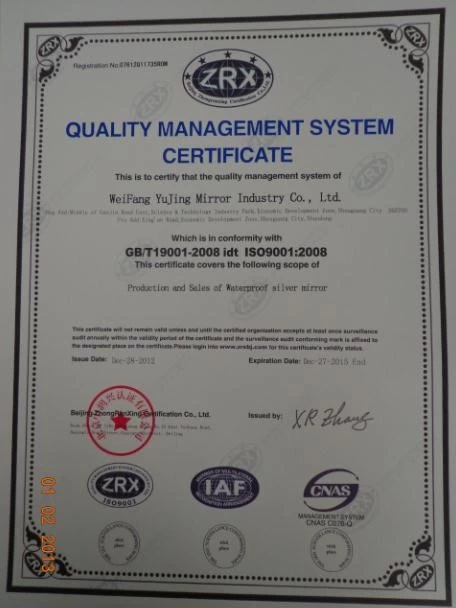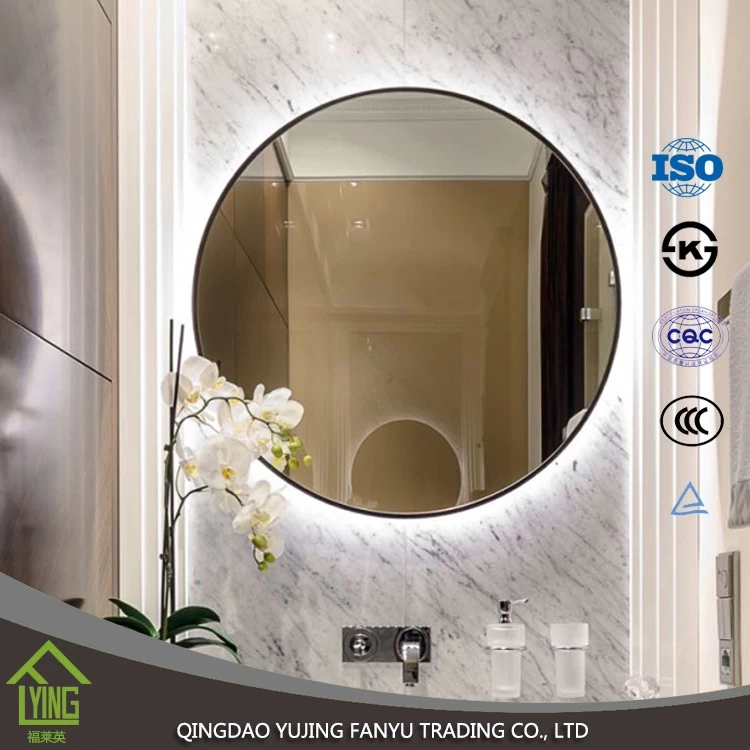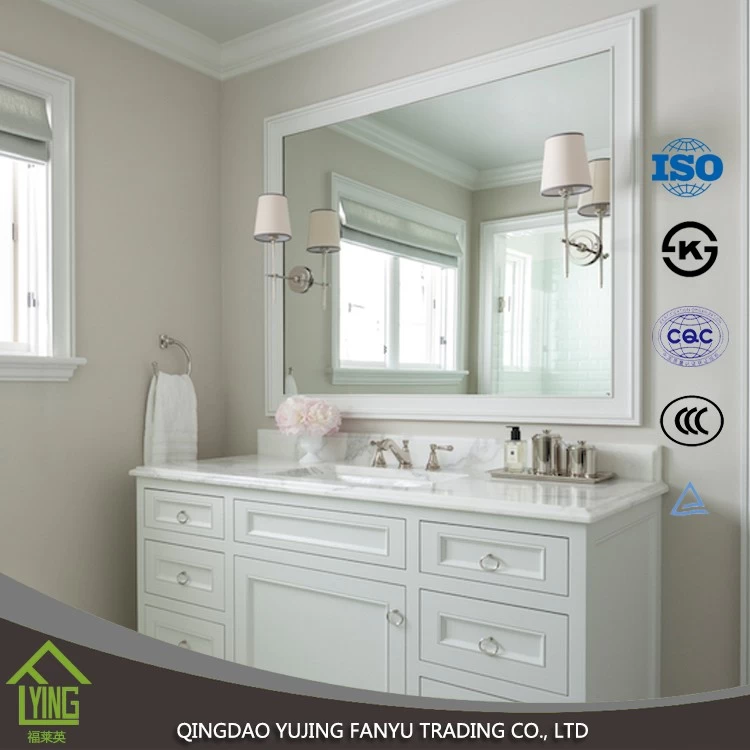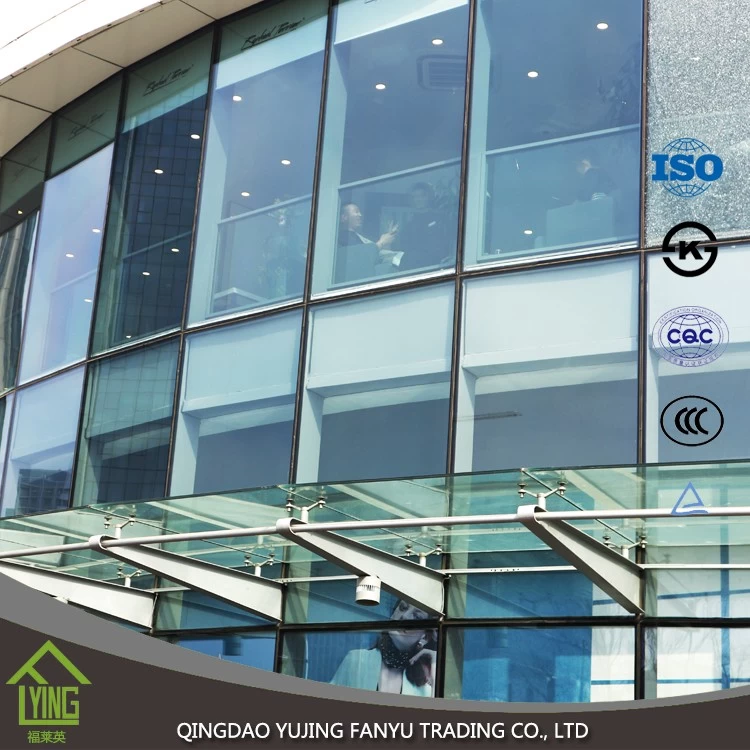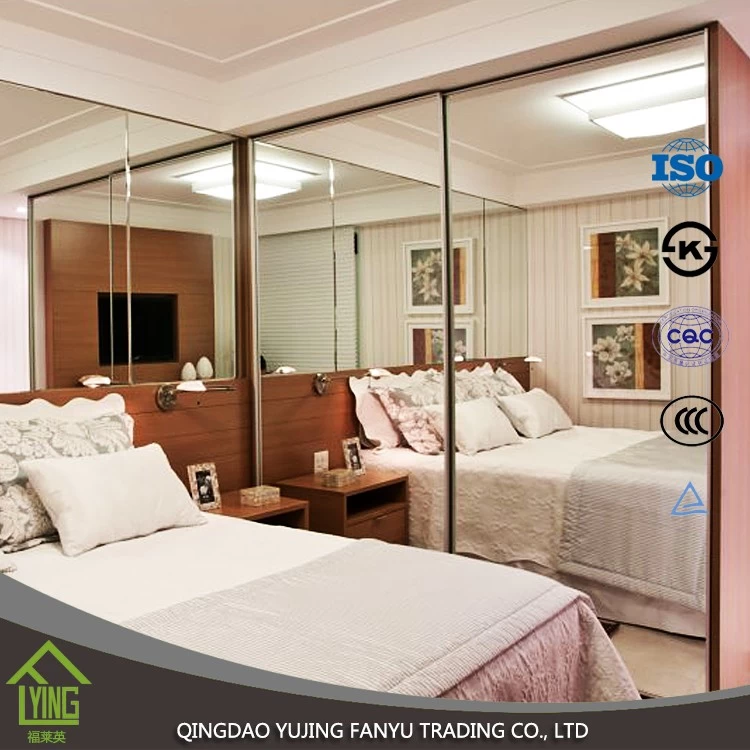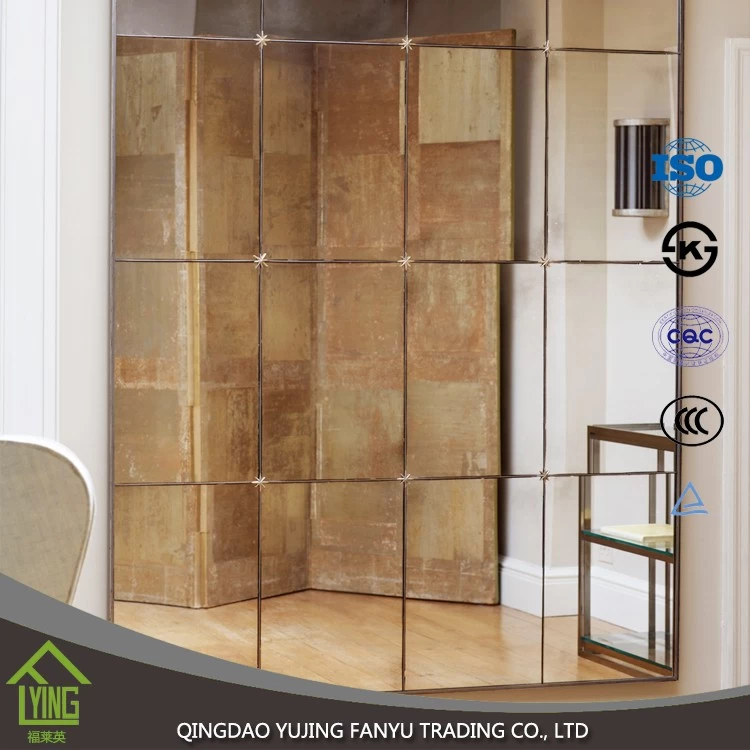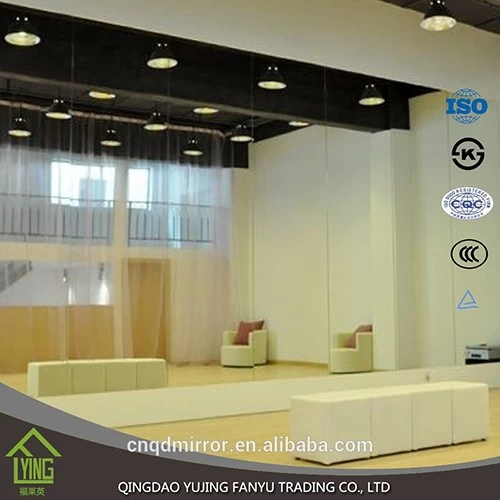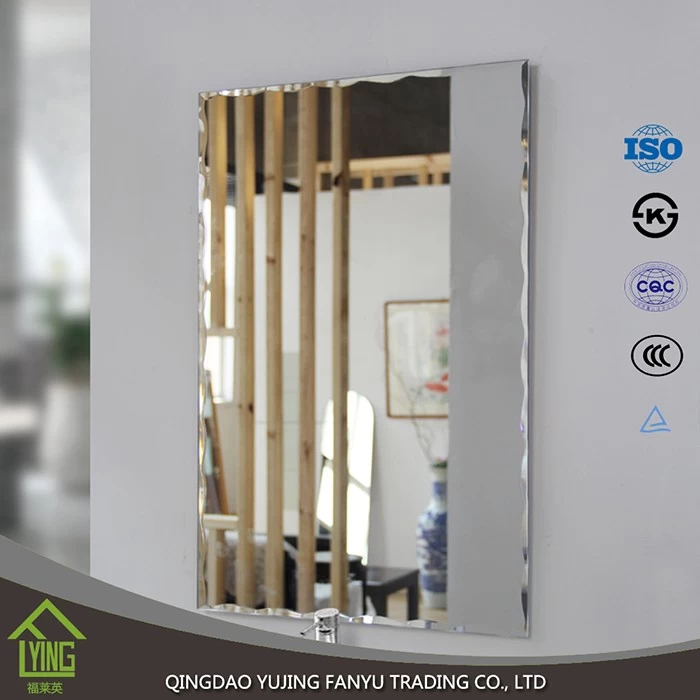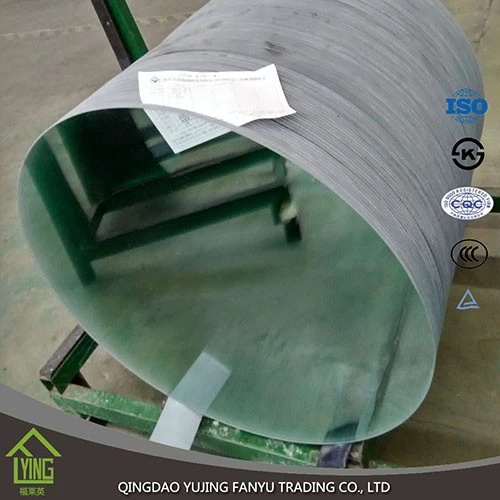|
As an important function and safety part of the automobile, automobile glass has great differences in the configuration of different grades of automobiles. With the consumption upgrade and technological advancement, people have higher and higher requirements for the configuration of automobiles, and the functions of automobile glass are gradually enriched. Driven by the changes in downstream demand for automobile manufacturing, the automotive glass industry is gradually showing a trend toward increased use of bicycle glass, more functional and intelligent, integrated, modular and lightweight trends in automotive glass production, and automotive glass companies. It will develop towards the vertical integration of the industrial chain.
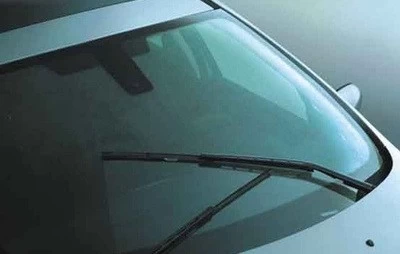
First, the increase in the use of bicycle glass
The increase in the consumption of bicycle glass is a major trend in the automotive industry and will further drive the development of the upstream automotive glass industry. Since the development of the automobile industry, the average amount of bicycle glass has been increased to about 3.9-4.5 m2, which is about 1 times higher than that of the automobile glass in the 1950s.
The increase in the amount of glass used in bicycles has the following four driving factors:
Among the above four driving factors, the configuration requirements of the car sunroof have a great influence.
From the perspective of consumer preferences, according to the 2018 China Automotive Sunroof Consumer Research Report released by Webast (the world's largest automotive sunroof manufacturer), from the perspective of the skylight's market share, the proportion of users with skylights is higher. For 68%, 73% of the respondents were more concerned about whether the model was equipped with a sunroof when purchasing a car, which also confirmed the high demand for the skylight. In addition, compared with the results of the 2015 survey, users who have adopted sunroof models in the future will increase by 2% to 90%. For the existing sunroof owners, 94% of the future car changes will still consider the sunroof model; and for the sunroof-free owners, 81% of the respondents will consider buying a sunroof in the future.
From the perspective of newly listed cars, through the analysis of 24 new cars that were newly listed in January-June 2018, the skylights are equipped with a rate of 72%, while the panoramic sunroof is 38.9%. Among them, the panoramic sunroof has an area of 0.50-0.95 square meters, and the electric sunroof has an area of 0.19-0.3 square meters. In terms of models, the panoramic sunroof configuration rate of luxury cars is high, the joint venture cars are mainly equipped with electric sunroofs, and the panoramic sunroof configuration rate of independent SUVs is high. However, in general, the configuration rate of the sunroof of the car has increased, which will directly increase the amount of bicycle glass used in the car.
In addition, from the perspective of the penetration rate of SUV, the overall growth rate of China's auto market is slowing down. However, the market segment of SUVs for passenger cars is eye-catching. In recent years, it has maintained a high growth rate of around 40%. , to maintain the growth rate of the industry. In 2018, the sales volume of SUV cars is expected to reach about 45%. Compared to cars, the SUV's bicycle glass area is larger. In general, the average glass area of a car is 3.20 square meters, while the average glass area of an SUV is 3.88 square meters. The difference between the two is more than 0.6 square meters. Obviously, under the trend of the SUV in the automotive market continues to rise, the glass area of the bicycle will continue to increase.
Second, functional and intelligent
At present, consumers' demand for car comfort, safety, entertainment and aesthetics is increasing. At the same time, OEMs attract consumers in order to achieve differentiated competition. Automotive glass is used as appearance parts, functional parts, safety parts, and functionality. The penetration rate of glass continues to increase, and the types of additional functions of automotive glass are becoming more diverse. The value of automotive glass bicycles is 600-700 yuan, accounting for less than 1% of the cost of automobile production, and its function and appearance can be intuitively felt by consumers, so manufacturers are willing to upgrade on the automotive glass.
The intelligent automotive glass is specially treated to the glass surface and its interior, so that the glass has the functions of automatic display, controllable dimming and the like. As a result of the use of smart glass and related electronic components, the handling of the car is becoming more and more simple, and the driving safety is getting better and better. Therefore, the intelligentization of automotive glass is also a major trend in the development of automotive glass.
Third, integration and modularization
Modular and integrated production of auto parts will become one of the development trends of the industry. On the one hand, modularization and integration can help OEMs optimize their supply chains, reduce overall production costs, and enhance quality control; on the other hand, the trend of modular supply also brings opportunities to the automotive glass industry, automotive glass manufacturers will The integration of glass with accessories such as antennas, electronic components, edging strips and heating wires can increase the added value of automotive glass. For example, products such as edging glass and glass antennas are representative of modular products.
Fourth, automotive glass lightweight
In general, the amount of bicycle glass is about 4 square meters, ifglassFor every 1 mm reduction in thickness, the vehicle can lose about 10 kg, and the fuel consumption per 100 km will be reduced by about 0.06 liters. As the government's requirements for reducing fuel consumption in automobiles are becoming more and more strict, the OEMs are under pressure and the demand for lightweight glass is gradually increasing.
The weight reduction of automotive glass can be achieved mainly by reducing the thickness of the glass. At present, as shown in the following table (where the laminated glass 3+3 refers to the outer glass thickness of 3mm, the inner glass is 3mm, and does not contain the PVB film), the thickness of the automobile glass becomes thinner, and the automobile supplier is guaranteeing various performances. In the case of the index, the thickness of the glass is reduced by the hot bending tempering process, the sandwich processing process and the improvement of the performance of the PVB film, thereby achieving the purpose of weight reduction. For example, Fuyao Glass uses a special tempering process to process float glass below 2.6mm, which greatly reduces the weight of tempered glass; replaces the inner glass of the sandwich with 0.7mm thick ultra-thin chemical tempered glass to achieve a 30% weight reduction effect. . It is expected that the trend of lightweight manufacturing of automotive glass by reducing the thickness of glass will continue in the future.
V. Integration of industry chain
From the perspective of enterprise development, the future automotive glass suppliers tend to integrate the vertical industry chain. For example, Asahi Glass, Fuyao Glass, Banzi Glass, Xinyi Glass and Saint-Gobain, the five major automotive glass suppliers, all of them are involved in high-performance glass, and both extend the industrial chain upstream. Among them, float glass is the main precursor material of automobile glass, and all five companies are self-produced; Fuyao Glass and Xinyi Glass also have their own silica sand production base to provide raw materials; Asahi Glass extends to raw materials such as soda ash and silica sand. . It can be seen that reducing the risk of raw material price fluctuations and production costs, ensuring the stability of raw material supply and product quality by upstream business layout is a major trend in the development of major enterprises in the automotive glass industry, and the integration of the industrial chain of the automotive glass industry in the future. The trend will become more apparent and further increase barriers to entry in the industry.
|
